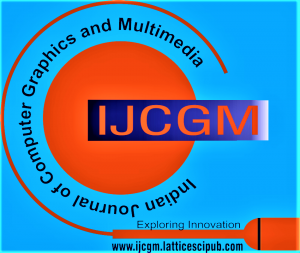![]()
Performance Analysis of Filtering Methods in Denoising of Mri Images
B. Sangeetha
B. Sangeetha, Professor, AVS Engineering College, Salem, Tamil Nadu.
Manuscript received on 28 January 2021 | Revised Manuscript received on 04 February 2021 | Manuscript Accepted on 15 February 2021 | Manuscript published on 28 February 2021 | PP: 1-9 | Volume-1 Issue-1, February 2021 | Retrieval Number:A1001011121/2021©LSP
Open Access | Ethics and Policies | Indexing and Abstracting
© The Authors. Published by Lattice Science Publication (LSP). This is an open access article under the CC-BY-NC-ND license (http://creativecommons.org/licenses/by-nc-nd/4.0/)
Abstract: Biomedical Image Acquisition (BIA) system provides vital information relating to anatomy of the human body and present quantitative image analysis which assists the doctors in diagnosing disease and treating the patients efficiently. Magnetic Resonance Imaging (MRI) is one of the tool utilised frequently for brain related diagnosis. However, the images obtained through MRI scans are subjected to the noise interruptions. Mostly, the MRI images are suffered from salt and pepper noise, Gaussian noise and Speckle noise. Hence, to overcome these noise interruptions, a comparative study on the filtering topologies namely Median, Anisotropic, Lee and Frost filters have been discussed in this work based on their Performance Evaluating Parameters-PSNR, MSE and SSIM. These performance of the filters were tested over three different dataset. From the results, it is concluded that the median filter exhibits higher performance salt-pepper noise whereas for speckle Nosie, frost filter exhibits better performance and all the four filter exhibits liner performance over thefor Gaussian filter.
Keywords: Biomedical Image Acquisition, Magnetic Resonance Imaging, Median, Anisotropic, Lee and Frost filters.
